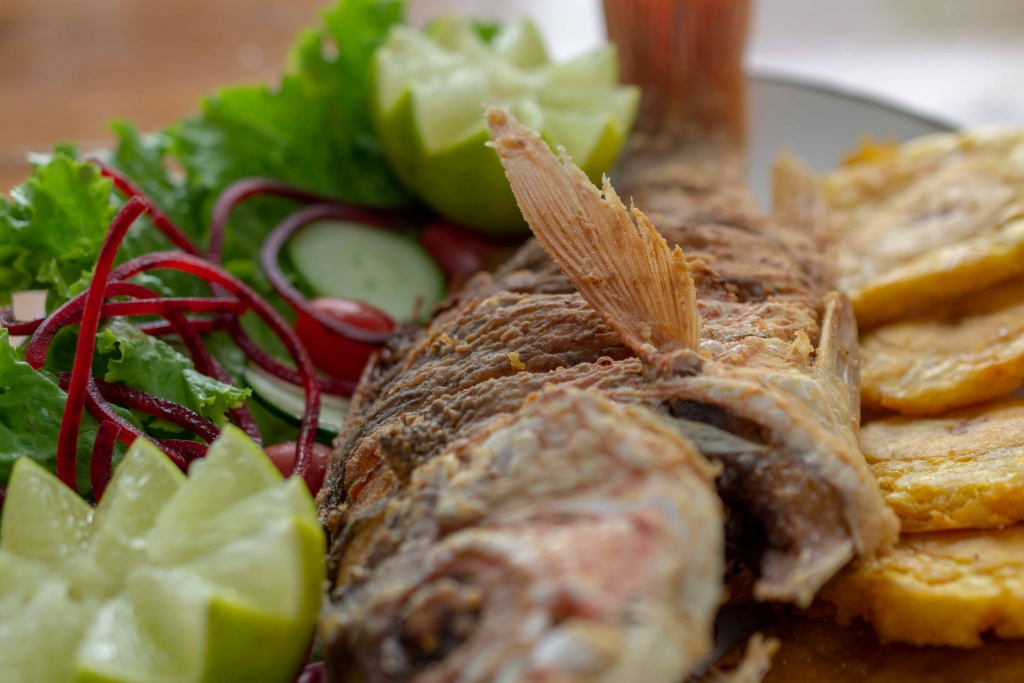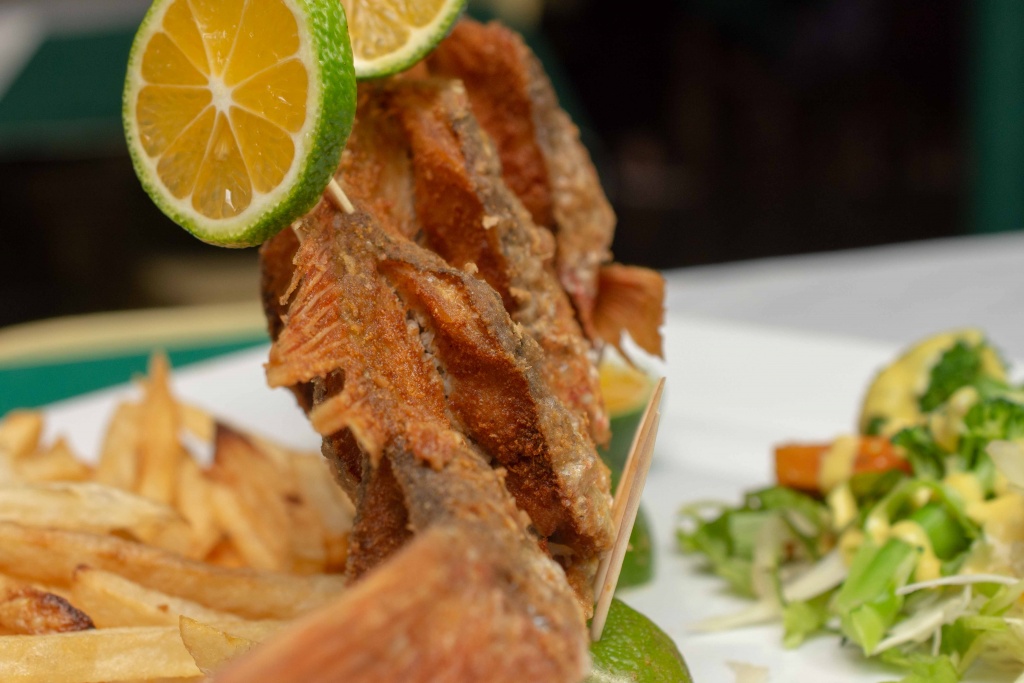Manuel Antonio is heavenly, with mountains and rocks, in the middle of magnificent nature; Manuel Antonio seems to be the Rio de Janeiro of Costa Rica, contouring to the rhythm of the sea, agitated between the ups and downs, of the waves of the ocean.
Sometimes, to discover new places you must get off the road and dust the tires of your car and follow the recommendations from the local connoisseurs. The reward can be a very pleasant surprise: a good dish, wonderful views, courteous attention or buildings that transport you to another era.
Manuel Antonio is heavenly, with mountains and rocks, in the middle of magnificent nature; Manuel Antonio seems to be the Rio de Janeiro of Costa Rica, contouring to the rhythm of the sea, agitated between the ups and downs, of the waves of the ocean.
Manuel Antonio and Quepos, in general, are much more than a narrow blacktop street that connects Aguirre, with its most universal symbol: the Manuel Antonio National Park. In the many streets that are born from the road, you can find hidden treasures that start coming to life, or you will start finding the recommendations from the residents.
This is the case of Ronny’s Place (from the entrance in front of Amigos del Río, 800 meters per ballast road in good condition for all types of vehicles), our first recommendation. Isolated on a hill with a nice view of the sea, a large lounge restaurant, is famous for the fried fish they serve.
This is not an easy task in Quepos. I mean, fame, because Quepos is a fishing village, where fresh fish and seafood are usually the norms. So, excelling for this offer requires an extra effort, since competition is ferocious.

At Ronny’s Place, we arrived thanks to the good reviews of the Internet users and the validation of several local baquianos (chefs friends, fishermen and tour operators). Their fried fish meets, and easily exceeds the standard of the best-fried fish in Quepos.
What is that standard? Simple: the fish must be fresh. You can tell fish is fresh by the texture of the meat, which should be soft, not too thick, firm and the whole piece should come easily off the bone with the fingers. The meat should be juicy and the skin crisp, you can eat the crunchy fins, the tail, and even the head (yes, I am one of those). Also, fish should be free of any smells and flavors not related to the sea, such as heavily burned oil or used in other food.
Ronny’s Place red snapper met all those requirements and exceeded them. Bathed with a garlic sauce that enhances, without being predominant, on silky mash potato and with a side dish of vegetables, we ate it to the spine! (and it was the only thing that remained).

Price: ¢9,500 + tax
The best skin crisp of all, not greasy, a lot of flavors, good size, juicy and beautifully (simple and clean) presented we enjoyed every bite, and, every fin.
The second recommendation for this list falls on a restaurant chain, specialized in fish that just opened its first restaurant outside of San Jose, and chose Quepos due to the good amenities at Marina Pez Vela, at the end of the seawall, before the old banana pier.
Pesca Sea Food House was our place to visit, at the heart of the marina, with a splendid view of the yachts, the sea, and – the best spot – for the sunsets.
Its extensive menu is based on the fruits of the generous Pacific sea from the neighborhood. Among its outstanding dishes, is fried fish.
Served with salad and some magnificent patacones (as toasted as the fish itself), the red snapper of about 700 grams, with its characteristic cuts on the sides, showed the chef’s care to achieve that subtle balance between well cooked, without drying it, without burning it, and leave in it juicy.

The meat, firm, broke into large pieces when picked with the fork or fingers. Because fried fish is enjoyed best when eaten with your fingers, no doubt. It was very juicy, firm, very well roasted.
The fish that was up to the place where it is located, and pairs well with the sea breeze and the cold beer that refreshes the afternoon, at a place that recalls the architecture from Key West, Florida.
Our third recommendation is close to the second. Just in front of the Pez Vela Marina, there is a ballast street that leads to the “American zone”, from the past times of the Banana Company (United Fruit Company or UFCO). The neighborhoods were built by the banana companies for their American workers, mainly those in charge of the most important roles for the company on that location, this settlement was called the American zone.
Originally intended to be the entertainment club for mid-range workers, according to its owner for 27 years, Diogenes Zúñiga, it has served as a cinema, ballroom, and even a bakery.

Price: ¢ 9,900 + tax
The American area of Quepos is very close to the old banana pier, which came into full operation between 1938 and 1939, the time of the banana era in Quepos and its surroundings.
In that neighborhood, where Quepos residents now live, one of the original clubs from those distant banana times survives. For decades it has been the Banana Club, just 400 meters from the Pez Vela Marina, the place where many locals go to eat their favorite seafood dishes or the whole fried fish. As a good practice, follow the residents, you must go where the locals eat!
El Banana Club is a place with the charm of the sites that have survived time. Its slatted wooden walls with only the outer lining and the wooden columns exposed inside, the lumpy cement floor and its furniture from decades, reminded me of my first fried fish in La Sin Bomba bar, in Esparza, several years ago.
We ordered the whole fish with french fries (on its point) and vegetables. The good-sized red snapper (about 600 grams, approx.) arrived at our table floating among sliced lemons.

The wide cuts on its sides let you get good pieces of the juiciest fried fish that we remember eating. Unpretentious, letting the simplicity of a kitchen enjoyed by locals, and tourists in the summer season, show their spirit. From the fish, we enjoyed every piece – well-fried fins and tail – among a large group of elegant young ladies and families who were enjoying their food too.
The fried fish route in Quepos left us with high-expectations. The gastronomic options in Quepos are endless and with a very good variety, that lies to surprise the gastronomic world. There are so many options to discover on our coasts. Stay tuned! This is just the beginning.

Price: ¢ 9,000 + tax




